The small text related to this audio interface comes in part from a background check of a work project. The collection and collection of background knowledge is a trivial matter. Xiaobian can only try to make the organization of the text logical, but also as interesting as possible.
This article refers to the address: http://
The birth of the 3.5mm interface
In Xiaobian's impression, the earphone interface of the Walkman in the 80s and 90s of the last century is still very different, including the 3.5mm headphone jack. Tracing back to history, this interface was first born in the 19th century. At that time, the phone was just born, and there were no program-controlled switches due to technical limitations. Turning on the other party's phone completely relies on manually plugging and unplugging the switch. This plug is the predecessor of the current 3.5mm headphone jack. However, at the time, most of the plugs were a quarter inch in diameter, which is 6.35 mm.
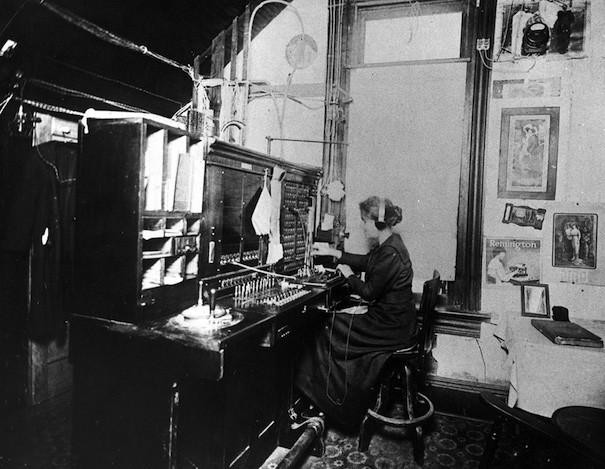
(Operator, picture from the network)
Later, with the wide application of such plugs, models of various sizes and variations were developed. Common 3.5mm interface, and a more mini 2.5mm interface.
The four-segment 3.5mm interface (TRRS) was widely accepted as a standard and was completed by EIAJ RC-5325A (top left) from JEITA, Japan, and was published in May 1993. This is the most common headset interface at present (the next time you boycott Japanese goods, everyone passes by and pays attention to the headphones). If a serious reader searches for this standard, he will find that it refers to the IEC 60130-8 standard (right below). This IEC 60130-8 standard is older and the first edition was developed in 1976. Its revised version of 1986 was quoted by the Ministry of Information Industry's communication industry standard "YD-T 1885-2009 Mobile Communication Handset Cable Headset Interface Technical Requirements and Test Methods" (below left in the figure below). In 2009. Comparing the ages of these three standards, the degree of backwardness of our country's information industry can be seen.
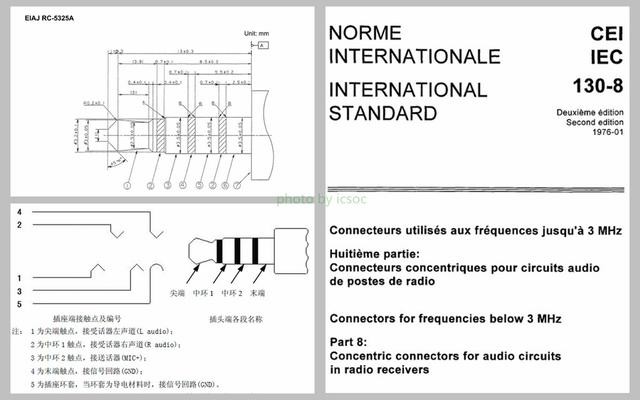
(screenshot of standard document)
I have to mention two confusing English words, headphone and headset. The former does not contain a microphone and is usually translated as a headset. The latter contains a microphone or even a remote control button, usually translated as a headset. You may have noticed that the notebooks produced in recent years generally only have a 3.5mm headset two-in-one interface, instead of two 3.5mm interfaces as before, one is the headphone jack and the other is the microphone jack. This shows from one side that the popularity of mobile phones has led to the increasing popularity of headsets in headsets, and even affects the choice of audio interfaces for notebook computers.
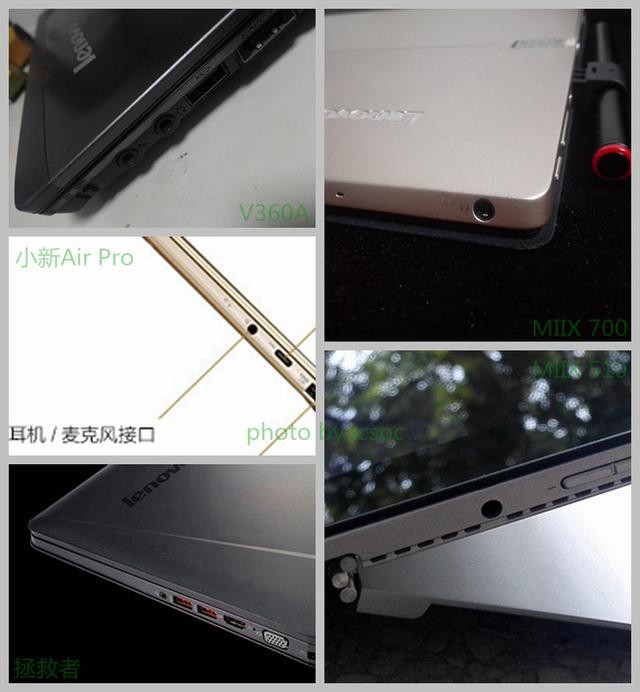
(Lenovo notebook from the earphone and microphone separation interface to the headset integrated interface)
Look at the interface
In a formal standard document, this headphone jack is called a 3.5mm concentric connector. As the name implies, the cross section of the interface is a concentric circle. From the picture below, you can see the four common interfaces, with 2, 3, 4, and 5 contacts. These contacts also have a customary name, which is represented by three letters T, R, and S. T(Tip) denotes a tip, R(Ring) denotes a middle ring, and may have one or more R, and S(Sleeve) denotes a terminal annulus. With the abbreviation, it is convenient to name the interface. For example, the four interfaces in the following figure are named: TS, TRS, TRRS, TRRRS. There is an insulating collar between each two conductive contacts.
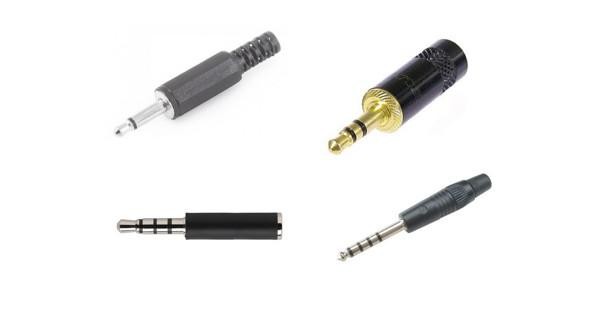
(various headphone interfaces: TS, TRS, TRRS, TRRRS)
The most common ones are TRS and TRRS. TRS is a three-contact headphone jack, plus one ground for the left and right channels. The TRRS used by the headset has one more contact than the headphone jack for transmitting microphone signals.
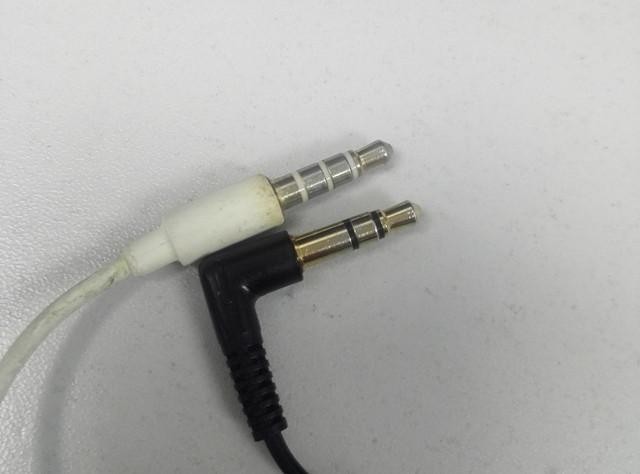
(The most common types of headphone connectors: TRRS on, TRS on)
Because of the introduction of the microphone signal, the TRRS camp has split into three major factions, and in fact there are three standards. They are OMTP, CTIA (also called AHJ) and the maverick Apple "Pan". The difference between OMTP and CTIA lies in the order of the microphone and the ground. If L is the left channel, R is the right channel, G is the ground, M is the microphone, then the OMTP TRRS is the LRMG, and the CTIA TRRS is the LRGM.
China's standards adopt the OMTP approach. This is determined by the domestic mainstream market at the time of standard setting (before and after 2008) and it is beyond reproach.
Compatible with OMTP and CTIA
However, the maverick Apple adopts a CTIA-like approach, but it is not exactly the same. Let's take a look at the standard practices of Android phones. The Android system requires support for the CTIA method, but in areas with special regulations, such as Android devices listed in China need to support the OMTP standard prescribed by the Ministry of Information Industry.

(Android system for the specification of the headphone interface standard)
Early Apple phones also used a similar approach, namely, domestic licensed and parallel Apple devices used different standards. But in order to save costs and unify the manufacturing process, the innovative Apple has adopted a headphone interface compatible with OMTP and CTIA from the iPhone 4S. An automatic detection circuit is installed inside the mobile phone to judge whether the inserted earphone is OMTP or CTIA. This innovative approach to enhancing the user experience is highly appreciated and has given rise to ic's strong research interest. However, because the internal data of Apple's mobile phone is difficult to obtain, ic has been searching the Internet for a long time, and found a close alternative implementation for your reference. The core is the FSA8049, a chip of the famous Fairchild Company (Fei Zhao).
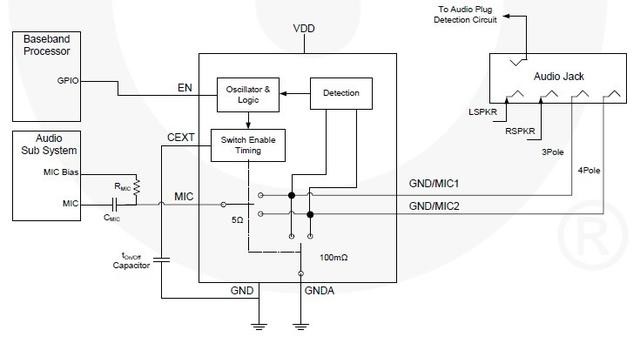
(FSA8049 schematic)
The principle is probably like this (not interested in jumping directly to the next paragraph), we know that the microphone on the headset needs to work, and the mobile phone needs to load a bias voltage. The FSA8049 simultaneously detects the voltage on the GND and MIC pins. Because the MIC has a certain internal resistance, the voltage on it is definitely not 0, and GND is directly grounded, and the detected voltage must be 0. Combined with some other control logic, you can determine which is GND and which is MIC. The principle of this detection circuit is quite simple. Considering the powerful chip development capability that Apple has, it is not difficult to integrate such a detection circuit on the A series processor. The cost of high integration is basically negligible. It reduces the product differentiation caused by regional regulations.
Principle of wire control
The remote control buttons on the headset are also standard. For example, the principle of the headset key control of the Android system is as follows.
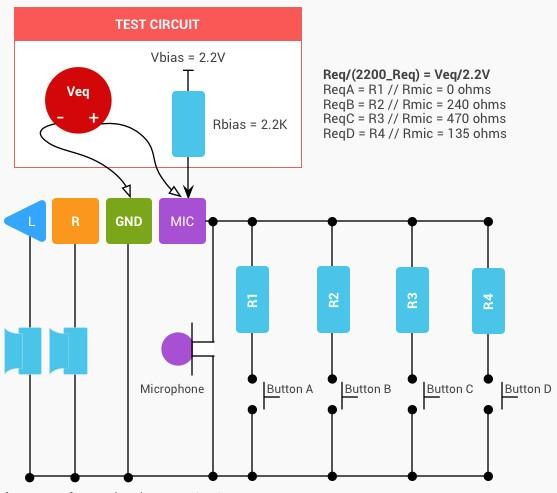
(Android headset button principle)
When a button is pressed, the corresponding resistor is grounded. Different buttons have different resistance to ground resistance, so the partial pressure on them is also different. This way, by detecting the voltage value on the resistor, you can know which button was pressed. Coupled with time detection, you can support short press, long press or quick press a few key sequences. The Android system specifies the part of the key sequence as follows.

(Definition of Android system headset button)
In today's era when mobile phones are no longer included with headphones, this standard has greatly increased the versatility of the headset. The apple "send" of one of the three major TRRS parties mentioned above is the practice of the microphone and the resistance of each button is different from the CTIA standard. So plug the Apple headset into the Android phone, the microphone and remote control function may not be normal.
gone With the Wind?
The introduction of the iPhone 7 means that the 3.5mm headphone jack has moved from this to the end, which is a matter of opinion. However, Apple's leadership in the digital trend is unquestionable. Just like the cancellation of the 3.5-inch floppy drive and the cancellation of the optical drive, it was first implemented on Apple products. For example, Lenovo's recently launched Moto Z also canceled the 3.5mm headphone jack and reused it on the Type C interface.
However, Apple's strengthening of the control of accessories is unquestionable. MFi certification is expensive, and now even the headset product Apple has to eat a bite, can the headset manufacturers agree? Can the earphone enthusiasts agree?
Aside from these, using Lightning or Type C interface instead of the traditional 3.5mm headphone jack, what problems will it bring in the technical implementation? We know that the 3.5mm interface transmits analog signals, and the existing TRRS mode transmits up to one. The analog signal of the left and right channels. If you use a digital interface such as Lightning or Type C, the headset receives an audio digital signal. The internal circuit of the earphone first needs to decode the digital signal (considering MFi or future copyright protection to encrypt the digital audio, and also need to decrypt), and then generate an analog signal through an analog-to-digital converter (DAC), which can be sent to the speaker in the earphone, driving The horn diaphragm produces sound pressure that can be heard by the human ear. It can be seen that compared with the traditional earphones, this digital earphone has more decoding modules, DAC modules, amplifiers, and the cost is much higher. If it is a headset that adapts to Apple products, it still needs MFi authentication, which is an overhead. It can be foreseen that the price of digital headphones will remain high in a short period of time.
From another perspective, the transmission of digital audio will no longer be limited by the limited number of channels such as TRRS. Perhaps the multiple sounding units built into the headphones will independently receive their respective digital audio, resulting in a richer audio effect. Conducive to AR / VR immersive applications. The headset will also be equipped with multiple microphones and even microphone arrays for high-end audio applications such as noise reduction, echo cancellation, and source location. Think about these wonderful applications, is it that the price that is high above can also be silently accepted?
Will the traditional analog headphone jack with hundreds of years of history go with the wind? What kind of refreshing application will the digital interface headsets bring? I will pay close attention to you!
Universal&Learning Romote Control
Shenzhen Chaoran Technology Corp. , https://www.chaoran-remote.com